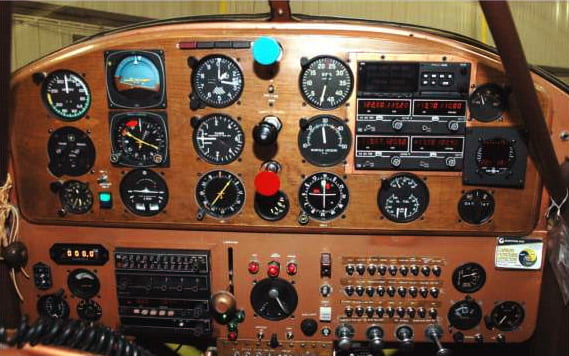

Burn those last 2 statements into your mind. It is important to understand that any changes to the ALT, VS, DH or BARO parameters will not take effect until you exit the “data entry” mode and enter the “operate” mode by pressing the DTA button, thereby turning off the ENT segment. If the ENT segment is off, the unit is in “operate” mode. If the ENT segment on the preselector’s LCD display is on, the unit is in “data entry” mode. These modes are selected using the DTA button on the preselect unit. Pressing the right buttons to make it do these things…well, those are the secrets that I hope to reveal for you.įirst off, you need to realize that the preselector operates in 2 distinct modes we will call them “data entry” mode and “operate” mode. That’s what the preselect unit is capable of doing. Live-adjust vertical speed during climb/descent.Enable and disable all altitude alert chimes.Adjust the barometric pressure setting (to the nearest.Transfer those parameters to the autopilot unit.When properly configured, the pilot can configure this device to do the following: This device is an accessory to the autopilot and provides the “altitude preselect” function, among other things. Right above the altimeter on the instrument panel is an odd-shaped instrument with an LCD display, several buttons and a rotary knob. If you want it to automatically sequence to subsequent legs, you must press the NAV button a second time to enable the GPSS (GPS Steering) mode. Another thing to be aware of if you have programmed a multi-leg GPS course into the GPS navigator, then pressing NAV on the autopilot unit will cause the autopilot to intercept and follow the CURRENT leg. There is no “AP Engage” button, and the only method for disengaging the autopilot is to press down on the trim hat on the side stick. The only nuance to note is that you have to set a lateral mode (HDG or NAV) before setting a vertical mode (ALT or VS). The autopilot unit is really that simple to operate. Now, if that functionality is all you need, then you can stop reading. For now we will focus on the basic VFR functions of the autopilot. There are also functions for flying IFR approach procedures, but I’ll leave the discussion of those for perhaps a future article. Once the unit has captured an altitude, you can then adjust your captured altitude by +/-20 feet per click of the rotary knob. Once you get to your desired altitude and level off, you hit the ALT button to capture and hold it. You press the HDG or NAV buttons to engage the autopilot’s ROL mode, then you can press the VS button to enter vertical speed mode using the rotary knob to set your desired climb or descent rate. The autopilot unit by itself is pretty easy and intuitive to operate. The STEC 55X autopilot unit sits in the console right below the #2 GPS, and above the transponder. (That’s what’s called a legal disclaimer ^).
#STEC 50 AUTOPILOT MANUAL#
Please refer to the manual for details beyond the scope of this discussion. This article is intended to give you an overview of the operation of the unit. What follows is the fruit of that experience, hopefully in a more digestible form than that found in the manual.
#STEC 50 AUTOPILOT TRIAL#
Through a combination of reading the manual and some trial and error operation of the unit, I think I’ve gleaned how best to operate it. It was not a straight forward learning experience.
#STEC 50 AUTOPILOT HOW TO#
During my checkout training in N716CD I learned how to use the STEC 55X autopilot and the preselect unit.


 0 kommentar(er)
0 kommentar(er)
